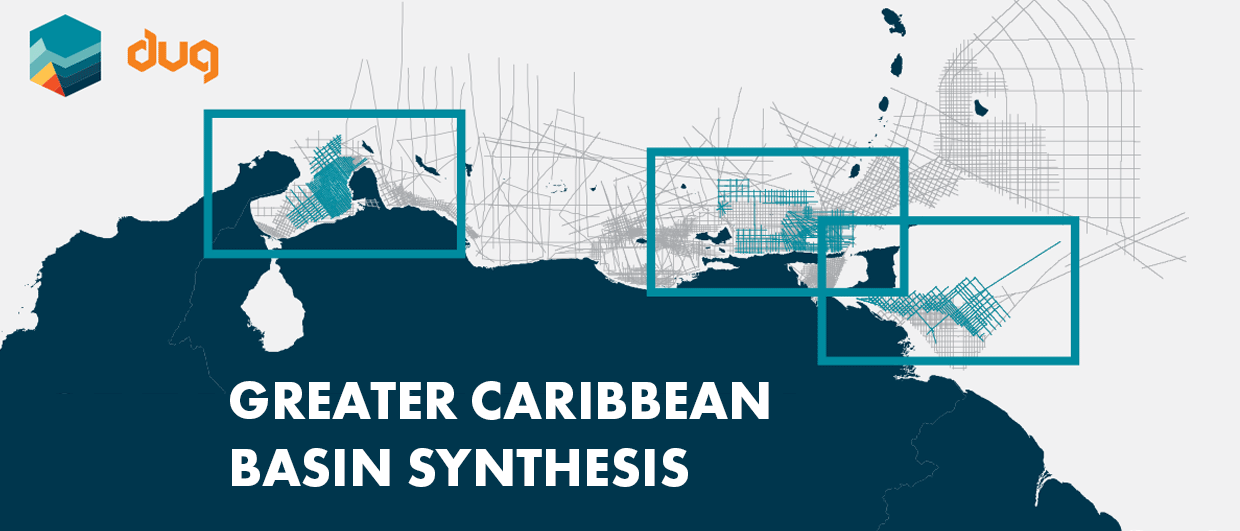What subsurface characteristics say about non-core upside and the limitations of the Eagle Ford shale play in Texas.
The Eagle Ford is an attractive play with ample remaining drilling locations and takeaway options, helped by growing demand for crude and condensate. It’s an alternative to the crowded Permian play, where costs are inflated, price differentials are unfavorable and pipeline capacity is tight.
Breakevens in the Eagle Ford core – the Karnes Trough – are between $30 and 40/bbl, comparable to the best Permian areas. In contrast, breakevens are $50/bbl or higher for non-core areas in the north-east and western Maverick Basin.
New subsurface layers in Wood Mackenzie Well Evaluator reveal the potential and limitations of the north and south ends of the play.
Making Moves Into the Non-core Eagle Ford
Chesapeake made a splash in October 2018 acquiring Wildhorse Resources’ north-east assets. The company touted its upside potential in the largely undeveloped Lower Eagle Ford position. However, well inventory is uncertain, as it may be difficult to repeat Wildhorse successes in the lesser-known acreage.
To the west, in the Maverick Basin, operators like Sanchez, SilverBow Resources and SM Energy are developing thicker Upper Eagle Ford benches. While the expanded interval offers opportunity for more target zones, these areas are challenged by lower reservoir quality.
Benchmarking Reservoir Quality
Lower Eagle Ford formation dominates production across the play. Core areas feature very good total organic carbon (TOC >4%), high porosity and permeability, and low water saturation. Here, condensate reservoirs deeper than -9,000 feet (274m) subsea are overpressured, with natural gas lift to drive production. Recovery factors reach 15-20% and type curve EUR averages 0.6 MMboe/ft.
Lower Eagle Ford thickness and total organic carbon. Wells completed in last two years, sized by cum 365.
North-east Oil
The Lower Eagle Ford thickens northward into the East Texas Salt Basin, layered with Woodbine sands. Source rock potential lags the core, as TOC is fair to good (1.5 to 3.0%). Lower average porosity means less original oil in place (OOIP), while lower permeability limits flow rates.
The north-east is shallower than core areas, with lower thermal maturity and less gas drive. We estimate recovery factors around 3%. Production analysis using Well Evaluator shows mean well EUR of 0.2 MMboe/ft. Although average properties are poor across the formation, operators may be able to identify and target specific higher quality intervals within the thick Lower Eagle Ford.
Maverick Basin
To the west, operators target both Lower and Upper Eagle Ford. Some have touted two benches within the Upper Eagle Ford as it exceeds 200 feet (60m) thickness, but the upside is limited by reservoir quality. TOC is fair (1 to 2%) and average porosity is less than 5%.
Resulting Maverick Basin well performance has been lacklustre. Wells average 0.3 MMboe/ft EUR. In the deepest parts of the basin in Webb County, higher pressure Lower Eagle Ford yields better rates.
The north-east and Maverick areas may have thick target intervals, but less attractive rock quality has led to weaker and inconsistent well performance. Activity will continue to focus on high-value assets in the core.
Want to learn more?
Through our new valuation solution, Well Evaluator, Wood Mackenzie offers a higher level of well benchmarking that combines 45 years of industry experience and our unmatched dataset. We forecast production metrics like estimated ultimate recovery and type curves. Now, subsurface layers give geologic context to well performance. Visit us at https://wellevaluator.think.woodmac.com/ to request your demo today.





